Home>Gardening & Outdoor>Landscaping Ideas>Why Does Grass-Fed Milk Last Longer
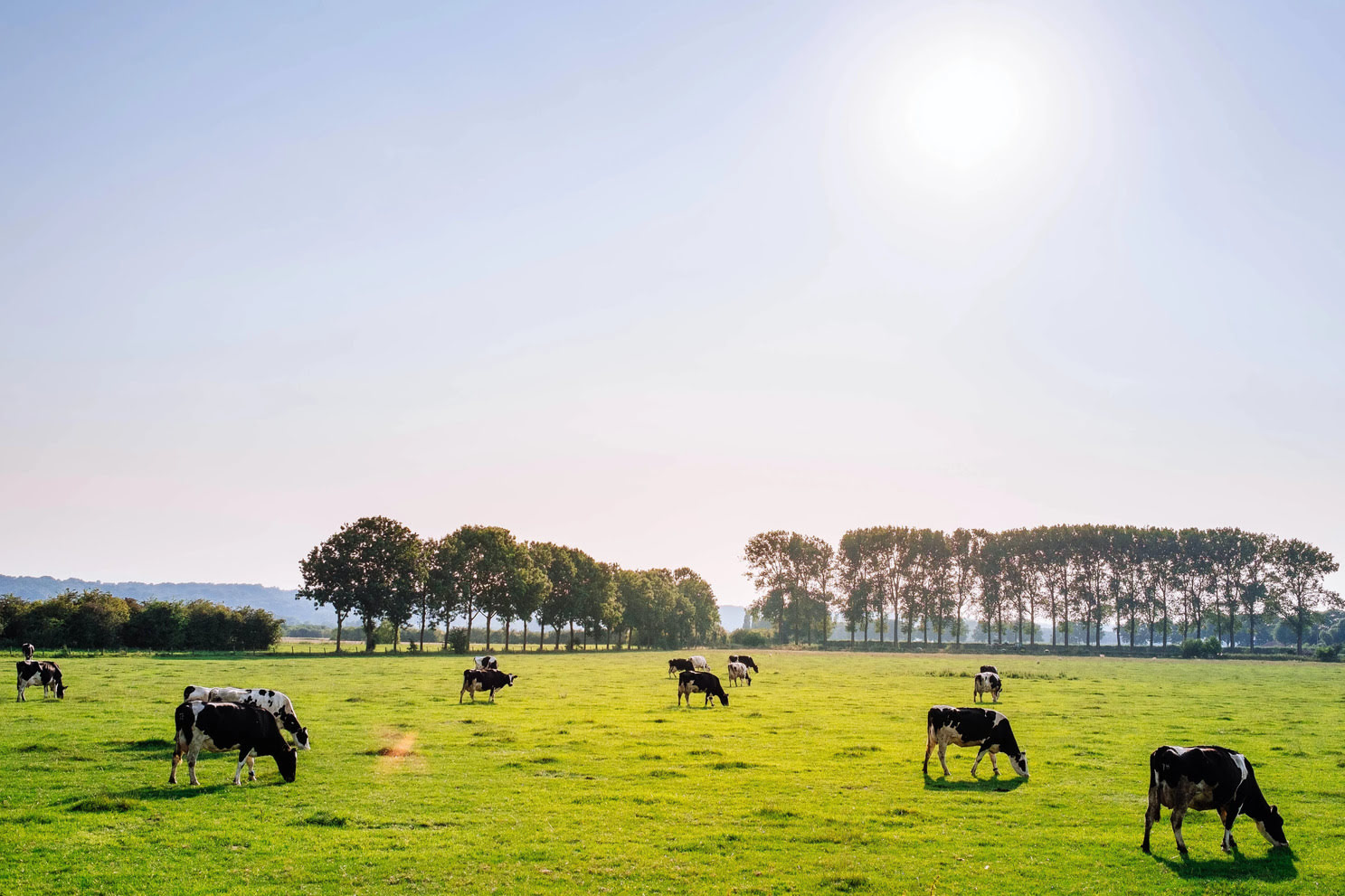

Landscaping Ideas
Why Does Grass-Fed Milk Last Longer
Modified: February 18, 2024
Discover the benefits of grass-fed milk and why it lasts longer. Find landscaping ideas to enhance your outdoor space. Unlock the secrets of sustainable living.
(Many of the links in this article redirect to a specific reviewed product. Your purchase of these products through affiliate links helps to generate commission for Storables.com, at no extra cost. Learn more)
Introduction
When it comes to dairy products, milk is a staple in many households. Whether it's poured over cereal, added to coffee, or enjoyed on its own, milk is a versatile and nutritious beverage. However, not all milk is created equal. In recent years, there has been a growing interest in grass-fed milk and its remarkable ability to stay fresh for a longer period of time. This phenomenon has piqued the curiosity of consumers and scientists alike, prompting a closer examination of the factors that contribute to the extended shelf life of grass-fed milk.
Grass-fed milk has garnered attention for its unique qualities, setting it apart from conventional milk products. The intriguing question that arises is: why does grass-fed milk last longer? To unravel this mystery, it's essential to delve into the world of grass-fed dairy production, exploring the benefits, scientific principles, and production methods that underpin the longevity of this exceptional milk variety. As we embark on this exploration, we will uncover the fascinating science behind grass-fed milk and gain a deeper appreciation for the natural processes that contribute to its extended freshness.
In the following sections, we will journey through the lush pastures where grass-fed cows graze, gaining insight into the nutritional advantages of their diet and the impact it has on the quality of the milk they produce. Additionally, we will unravel the scientific mechanisms that enable grass-fed milk to maintain its freshness for an extended period, shedding light on the intricate interplay of natural compounds and environmental factors. Furthermore, we will explore the meticulous production methods employed to ensure the exceptional quality and longevity of grass-fed milk, offering a glimpse into the dedication and expertise of dairy farmers committed to delivering a superior product.
As we embark on this exploration of grass-fed milk, we will uncover the secrets behind its prolonged shelf life and gain a newfound appreciation for the remarkable benefits it offers. Join us on this captivating journey through the world of grass-fed dairy, where nature's bounty and scientific ingenuity converge to produce a truly exceptional beverage.
Key Takeaways:
- Grass-fed milk lasts longer due to its higher omega-3 fatty acids and CLA content, which naturally preserve the milk and contribute to its extended freshness.
- Grass-fed milk’s prolonged shelf life is a result of the cows’ diverse grazing diet, natural antioxidant properties of omega-3 fatty acids, and anti-microbial effects of CLA.
Read more: Why Does Grass-Fed Beef Smell
What is Grass-Fed Milk?
Grass-fed milk is derived from cows that primarily graze on fresh pasture, consuming a diet predominantly composed of grass and forage. This natural grazing regimen stands in stark contrast to the conventional practice of feeding cows with grain-based diets. The emphasis on grass as the primary source of nutrition for the cows distinguishes grass-fed milk from its conventional counterpart, resulting in a product that offers unique nutritional benefits and a distinct flavor profile.
The diet of grass-fed cows typically consists of a diverse array of grasses, legumes, and other forage plants, which are rich in essential nutrients such as omega-3 fatty acids, vitamins, and minerals. As a result, grass-fed milk is known for its higher concentrations of beneficial compounds, including conjugated linoleic acid (CLA) and alpha-linolenic acid (ALA), which are associated with various health benefits.
Furthermore, the natural grazing behavior of grass-fed cows allows them to consume a diet that aligns with their biological needs, promoting their overall well-being and minimizing the reliance on supplemental feed. This holistic approach to dairy farming emphasizes the symbiotic relationship between the cows and the land, fostering a sustainable and environmentally conscious method of milk production.
In essence, grass-fed milk embodies a commitment to traditional farming practices that prioritize the welfare of the animals and the nutritional quality of the milk they produce. By embracing the natural rhythms of pasture-based grazing, grass-fed dairy farmers uphold a time-honored tradition that celebrates the inherent connection between the land, the animals, and the nourishing milk that sustains us.
As we continue our exploration of grass-fed milk, we will delve deeper into the myriad benefits associated with this exceptional dairy product, shedding light on its nutritional advantages and the factors that contribute to its extended shelf life. Join us as we uncover the remarkable qualities of grass-fed milk and gain a deeper understanding of its significance in the realm of dairy production.
The Benefits of Grass-Fed Milk
Grass-fed milk offers a myriad of benefits that set it apart from conventional milk products. The distinctive qualities of grass-fed milk stem from the natural grazing habits of the cows and the nutrient-rich composition of their diet. As a result, grass-fed milk is celebrated for its superior nutritional profile and unique flavor, making it a sought-after choice for health-conscious consumers and culinary enthusiasts alike.
One of the primary advantages of grass-fed milk lies in its elevated levels of omega-3 fatty acids. Cows that graze on fresh pasture produce milk with higher concentrations of omega-3s, essential fatty acids known for their role in promoting heart health and overall well-being. Additionally, grass-fed milk is rich in conjugated linoleic acid (CLA), a beneficial compound associated with potential health benefits, including anti-inflammatory and antioxidant properties.
Furthermore, the natural grazing diet of grass-fed cows contributes to the increased presence of vitamins and minerals in their milk. This includes higher levels of fat-soluble vitamins such as vitamin A and E, as well as essential minerals like calcium and magnesium. These nutritional elements not only enhance the overall quality of grass-fed milk but also offer valuable health benefits to those who consume it.
In addition to its nutritional advantages, grass-fed milk is prized for its distinct flavor profile. The milk derived from cows that graze on diverse pastures exhibits nuanced flavors that reflect the terroir of the land. This results in a richer and more complex taste, appealing to discerning palates and culinary enthusiasts seeking a premium dairy experience.
Moreover, the commitment to sustainable farming practices associated with grass-fed milk production aligns with the values of environmentally conscious consumers. By prioritizing pasture-based grazing and minimizing reliance on supplemental feed, grass-fed dairy farming promotes a holistic approach to land stewardship and animal welfare, fostering a harmonious relationship between agriculture and the natural environment.
In essence, the benefits of grass-fed milk extend beyond its nutritional superiority, encompassing a holistic approach to dairy production that emphasizes quality, sustainability, and flavor. As we delve deeper into the world of grass-fed dairy, the remarkable advantages of this exceptional milk variety come to light, offering a compelling testament to the enduring appeal of traditional farming practices and the bountiful rewards they yield.
Grass-fed milk lasts longer because it contains higher levels of antioxidants like vitamin E and beta-carotene, which help protect it from spoiling.
The Science Behind the Longer Shelf Life
The extended shelf life of grass-fed milk is a fascinating phenomenon rooted in the intricate interplay of natural compounds and environmental factors. Unlike conventional milk, which undergoes pasteurization to prolong its freshness, grass-fed milk possesses inherent qualities that contribute to its prolonged shelf life without the need for extensive processing.
One of the key factors that contribute to the extended shelf life of grass-fed milk is its unique composition of fatty acids. The higher concentration of omega-3 fatty acids in grass-fed milk not only offers valuable health benefits but also plays a crucial role in preserving the milk. Omega-3 fatty acids exhibit natural antioxidant properties, which help protect the milk from oxidative damage and rancidity. This inherent stability contributes to the longevity of grass-fed milk, allowing it to maintain its freshness for an extended period.
Furthermore, the presence of conjugated linoleic acid (CLA) in grass-fed milk contributes to its enhanced stability. CLA, a naturally occurring fatty acid, exhibits anti-microbial properties that help inhibit the growth of harmful bacteria, thereby extending the shelf life of the milk. This natural defense mechanism, inherent in grass-fed milk, underscores the remarkable resilience of this exceptional dairy product.
Additionally, the meticulous grazing regimen of grass-fed cows influences the composition of their milk, contributing to its extended freshness. The diverse array of grasses and forage plants consumed by the cows imparts a unique blend of nutrients and bioactive compounds to the milk, enhancing its natural resilience and preserving qualities. This natural fortification, derived from the cows' wholesome diet, further contributes to the prolonged shelf life of grass-fed milk, offering a testament to the profound impact of natural grazing on the quality and stability of the milk.
In essence, the longer shelf life of grass-fed milk is a testament to the remarkable synergy of nature's inherent defenses and the wholesome grazing practices employed in grass-fed dairy production. By harnessing the natural resilience of omega-3 fatty acids, CLA, and a nutrient-rich grazing diet, grass-fed milk embodies a harmonious balance of science and nature, resulting in a dairy product that defies conventional expectations and delights consumers with its prolonged freshness and exceptional quality.
How Grass-Fed Milk is Produced
The production of grass-fed milk begins with a steadfast commitment to sustainable and natural farming practices. At the heart of this process is the meticulous care and management of grass-fed cows, ensuring that they have access to diverse pastures and forage plants that form the cornerstone of their nutrient-rich diet.
Grass-fed dairy farms prioritize pasture-based grazing, allowing the cows to roam freely in lush, open fields where they can graze on a diverse array of grasses, legumes, and other forage plants. This natural grazing regimen not only aligns with the cows' biological needs but also imbues their milk with a unique blend of nutrients and beneficial compounds derived from the varied vegetation they consume.
The cows' diet plays a pivotal role in shaping the nutritional composition and flavor profile of grass-fed milk. By consuming a predominantly grass-based diet, the cows produce milk that reflects the terroir of the land, resulting in nuanced flavors and a rich, creamy texture that distinguishes grass-fed milk from conventional varieties.
In addition to the emphasis on natural grazing, grass-fed dairy farms prioritize the well-being of the cows, providing them with ample space to roam and ensuring access to clean water and shelter. This holistic approach to animal husbandry fosters a harmonious environment where the cows can thrive, resulting in milk that embodies the vitality and natural essence of the pasture.
Furthermore, the production of grass-fed milk adheres to stringent quality standards, encompassing rigorous testing and monitoring to ensure the purity and integrity of the final product. From the milking process to the storage and packaging of the milk, every step is meticulously executed to uphold the exceptional quality and freshness of grass-fed milk.
By embracing a holistic approach to dairy farming that revolves around natural grazing, animal welfare, and quality assurance, grass-fed dairy farms uphold a time-honored tradition that celebrates the inherent connection between the land, the cows, and the nourishing milk they produce. This steadfast dedication to sustainable and natural farming practices culminates in the production of grass-fed milk, a testament to the enduring legacy of traditional dairy farming and the exceptional quality it yields.
Read more: Why Grass-Fed Beef Is Better
Conclusion
In conclusion, the allure of grass-fed milk extends far beyond its exceptional nutritional profile and distinct flavor. The remarkable ability of grass-fed milk to maintain its freshness for an extended period stands as a testament to the harmonious synergy of nature's inherent resilience and the meticulous practices employed in grass-fed dairy production. As we have journeyed through the verdant pastures where grass-fed cows graze, delved into the nutritional benefits of their diet, and unraveled the scientific mechanisms behind the prolonged shelf life of their milk, a profound appreciation for this exceptional dairy product has emerged.
The production of grass-fed milk embodies a commitment to sustainable and natural farming practices, emphasizing the holistic well-being of the cows and the nourishing quality of the milk they produce. By prioritizing pasture-based grazing and minimizing reliance on supplemental feed, grass-fed dairy farms uphold a time-honored tradition that celebrates the inherent connection between the land, the animals, and the nourishing milk that sustains us.
Furthermore, the extended shelf life of grass-fed milk is rooted in the unique composition of fatty acids, the presence of beneficial compounds such as omega-3s and CLA, and the natural fortification derived from the cows' wholesome diet. These inherent qualities not only contribute to the longevity of grass-fed milk but also underscore the resilience and natural defenses that set it apart from conventional milk products.
As consumers increasingly seek out wholesome and sustainable food options, the appeal of grass-fed milk continues to resonate, offering a compelling testament to the enduring legacy of traditional dairy farming and the exceptional quality it yields. From its superior nutritional benefits to its nuanced flavor profile and prolonged freshness, grass-fed milk stands as a shining example of the bountiful rewards that stem from embracing natural, pasture-based dairy production.
In essence, the journey through the world of grass-fed milk has unveiled a tapestry of natural wonders, scientific marvels, and timeless traditions, weaving together to create a dairy product that captivates the senses and nourishes the body and soul. As we savor the essence of grass-fed milk, we are reminded of the profound connection between the land, the cows, and the nourishing milk that flows from nature's bounty. It is a connection that transcends time and tradition, offering a glimpse into the enduring legacy of grass-fed dairy and the enduring allure of this exceptional milk variety.
Frequently Asked Questions about Why Does Grass-Fed Milk Last Longer
Was this page helpful?
At Storables.com, we guarantee accurate and reliable information. Our content, validated by Expert Board Contributors, is crafted following stringent Editorial Policies. We're committed to providing you with well-researched, expert-backed insights for all your informational needs.

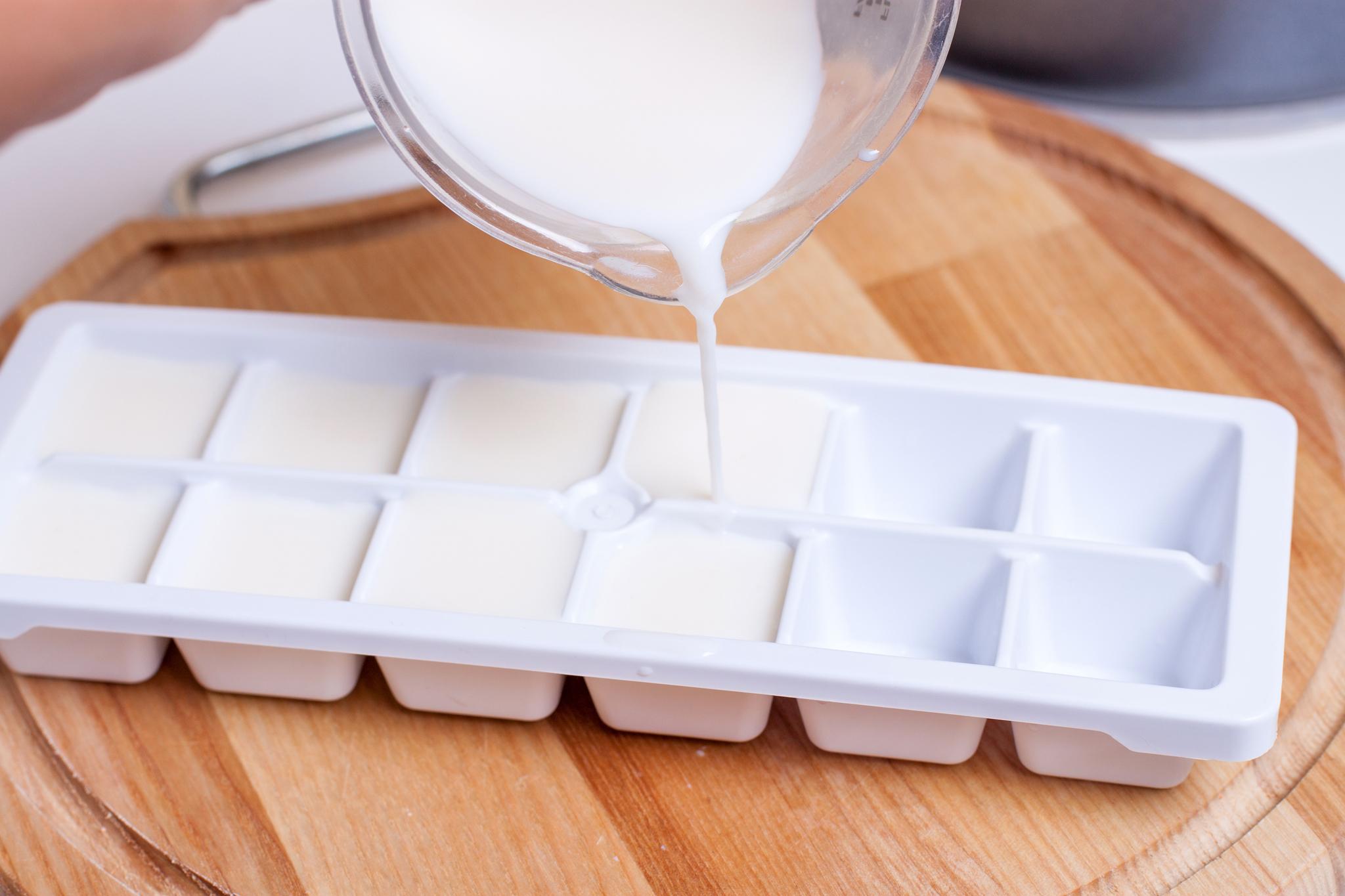

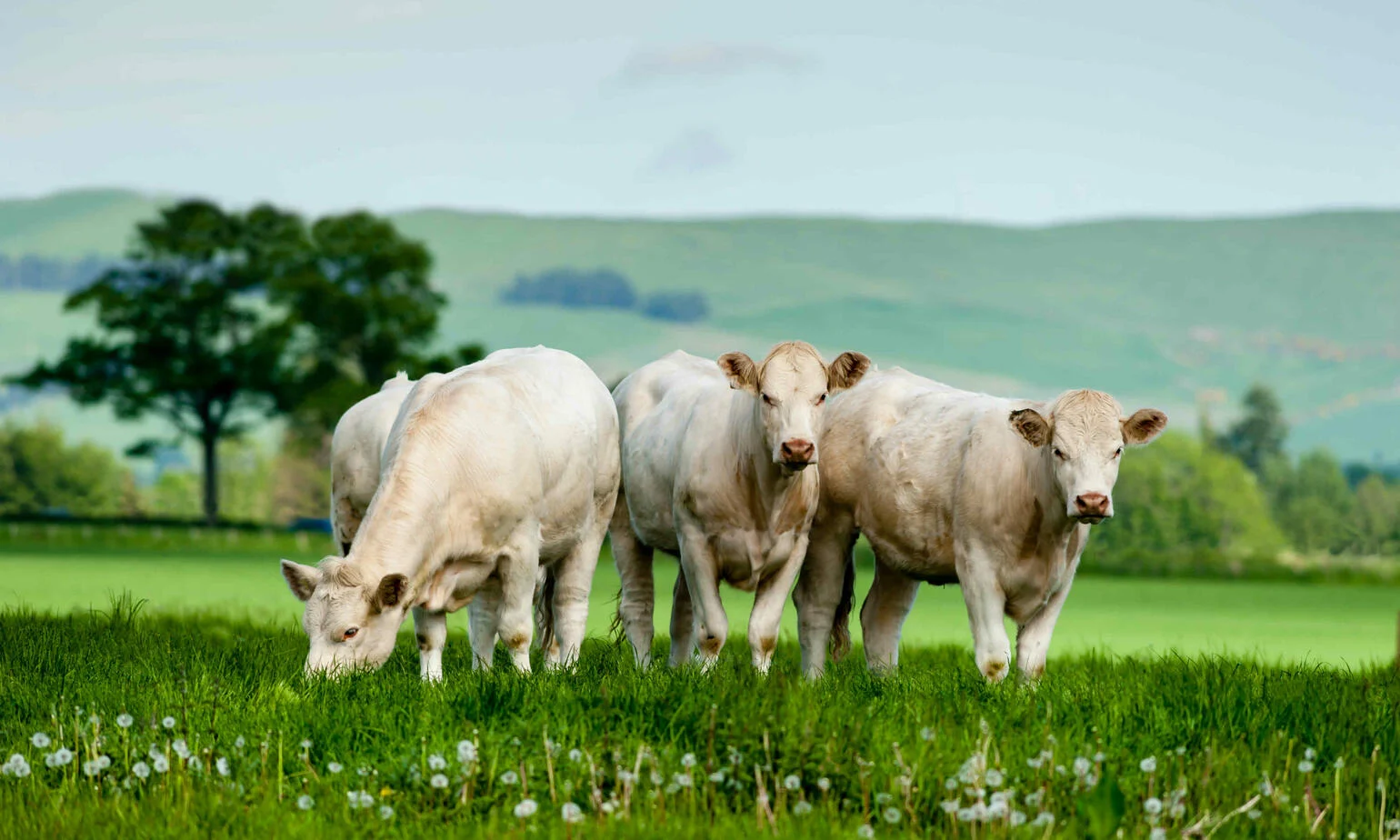

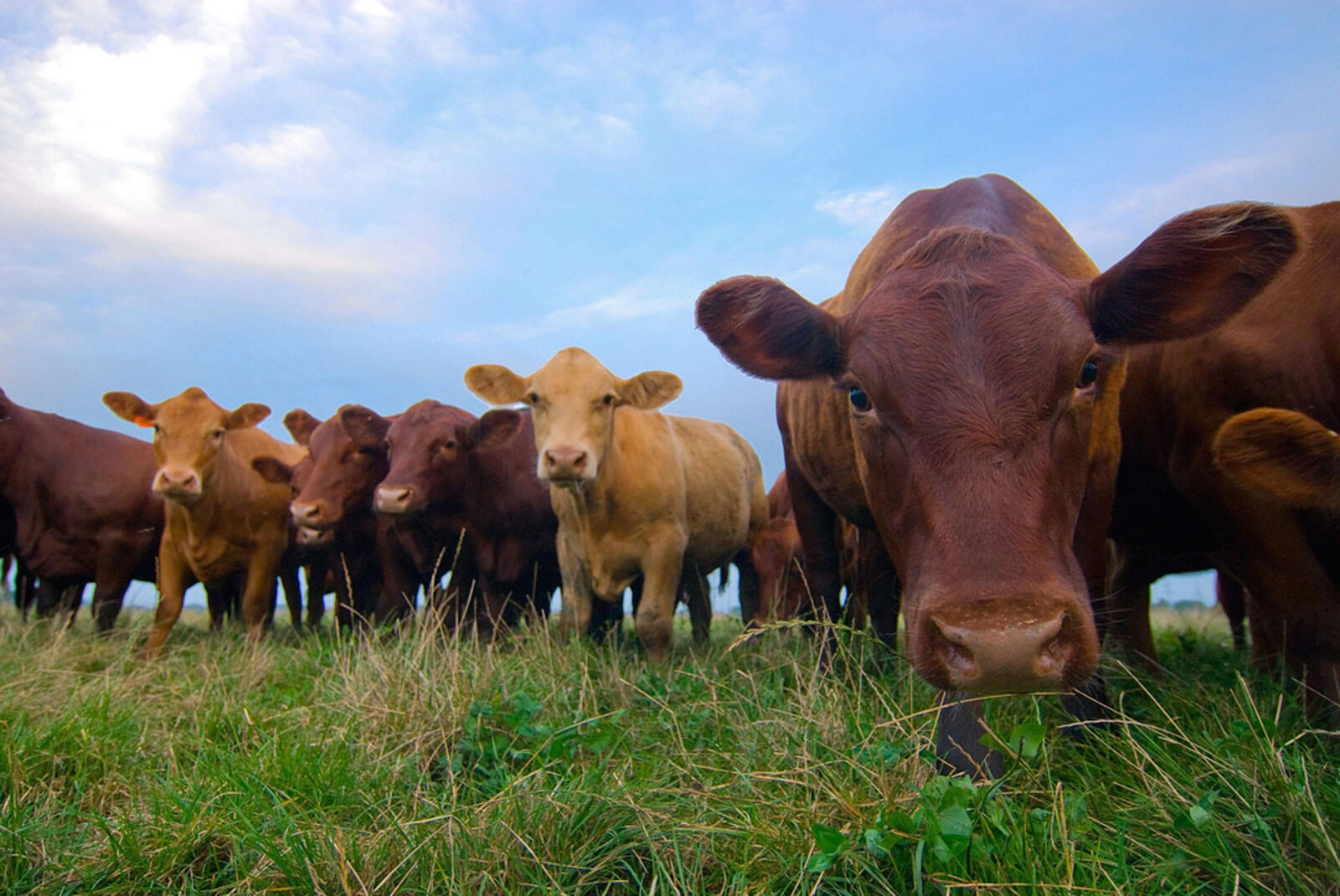


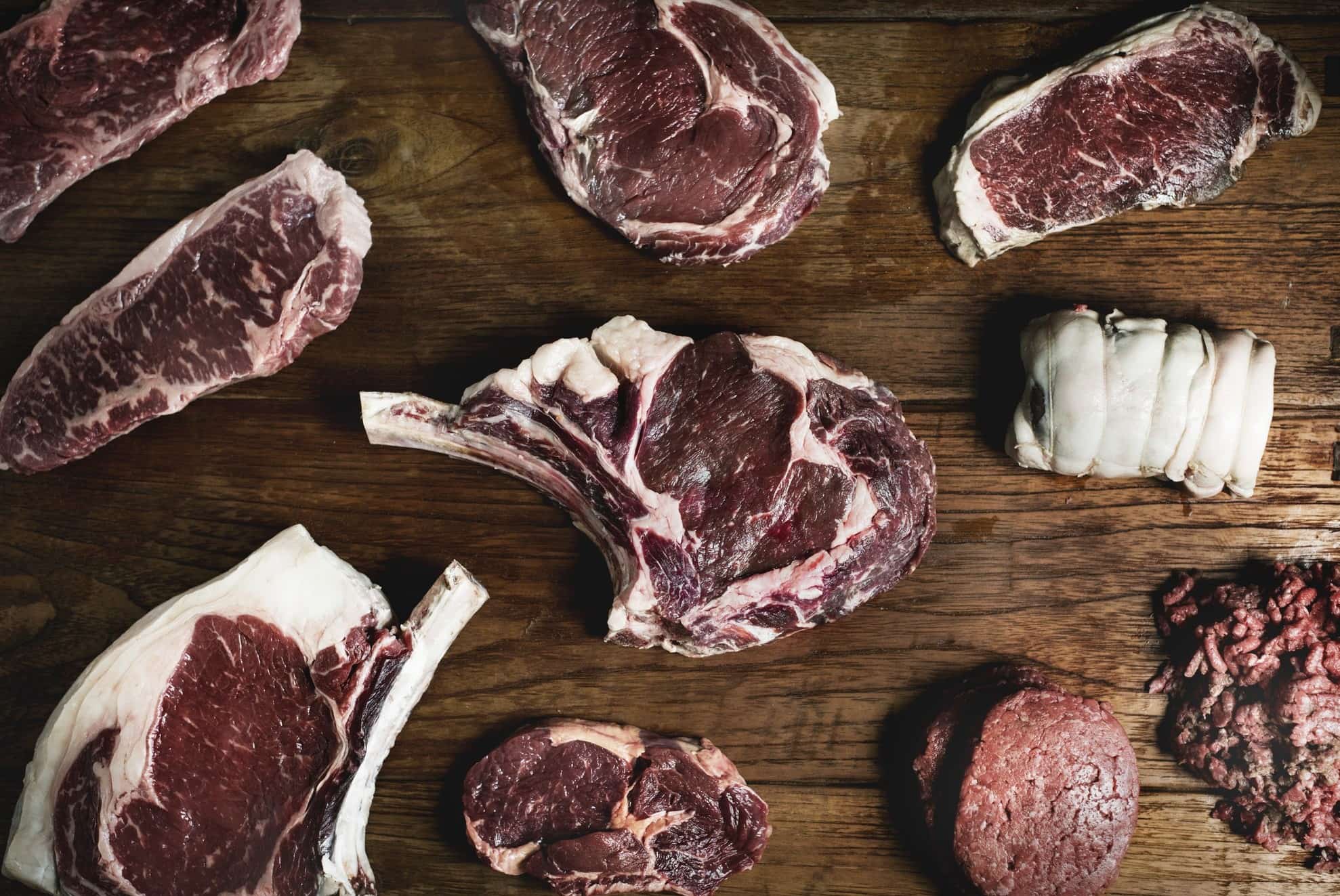
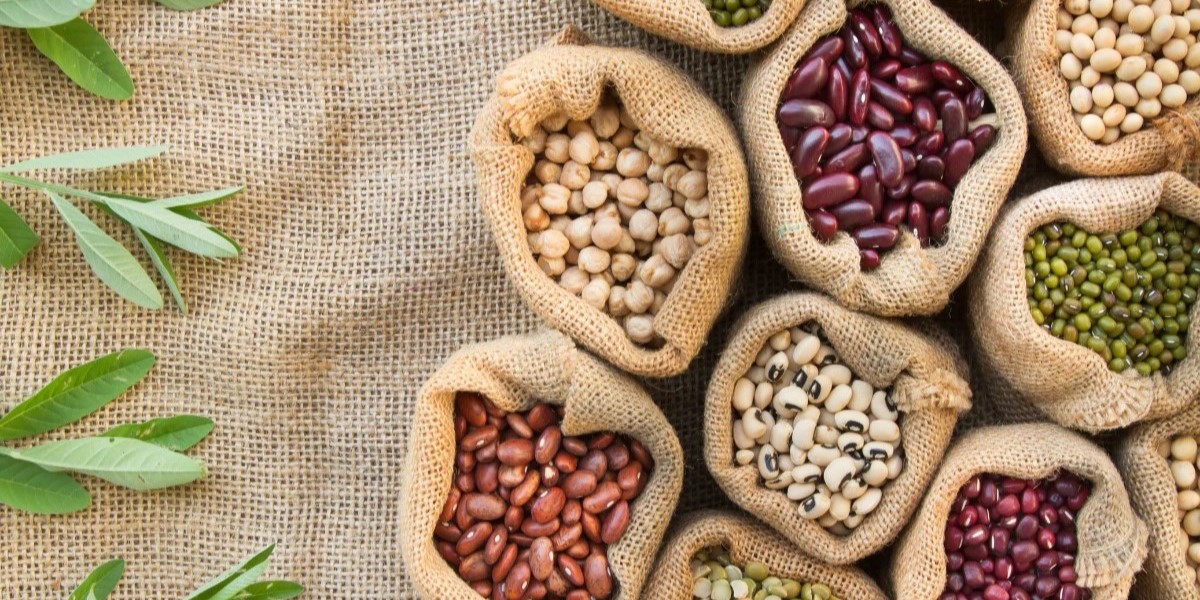
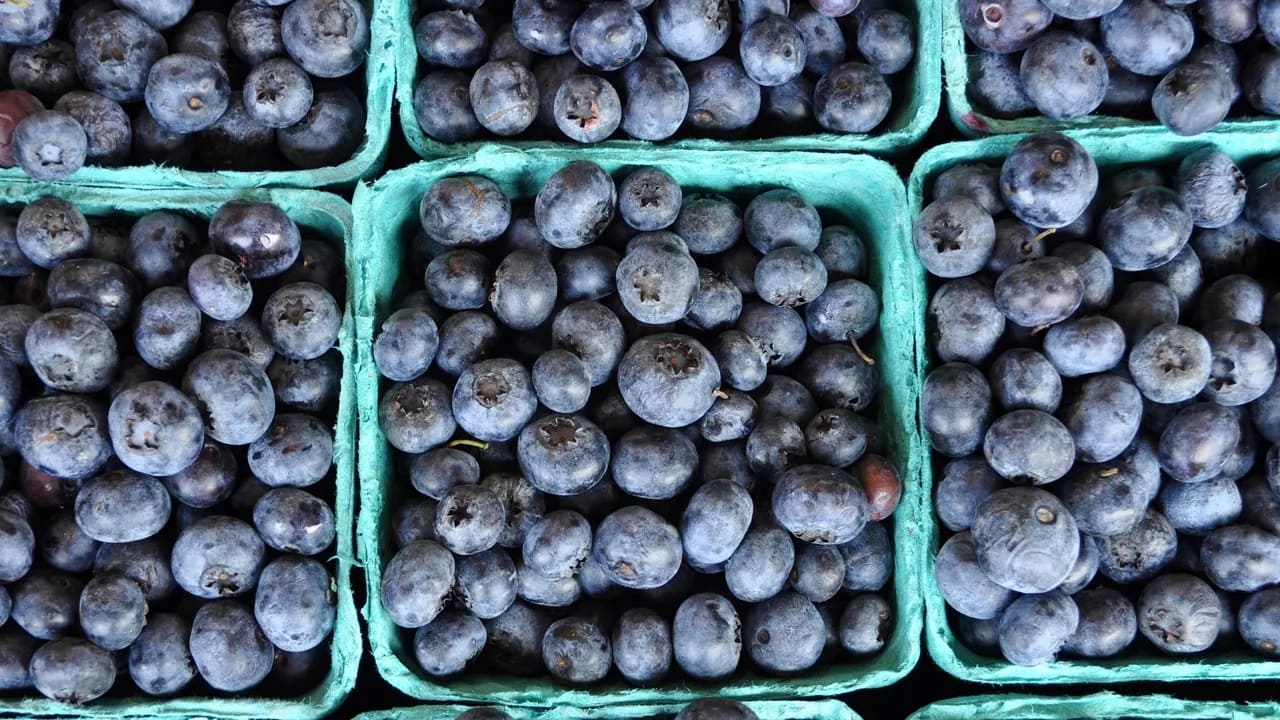
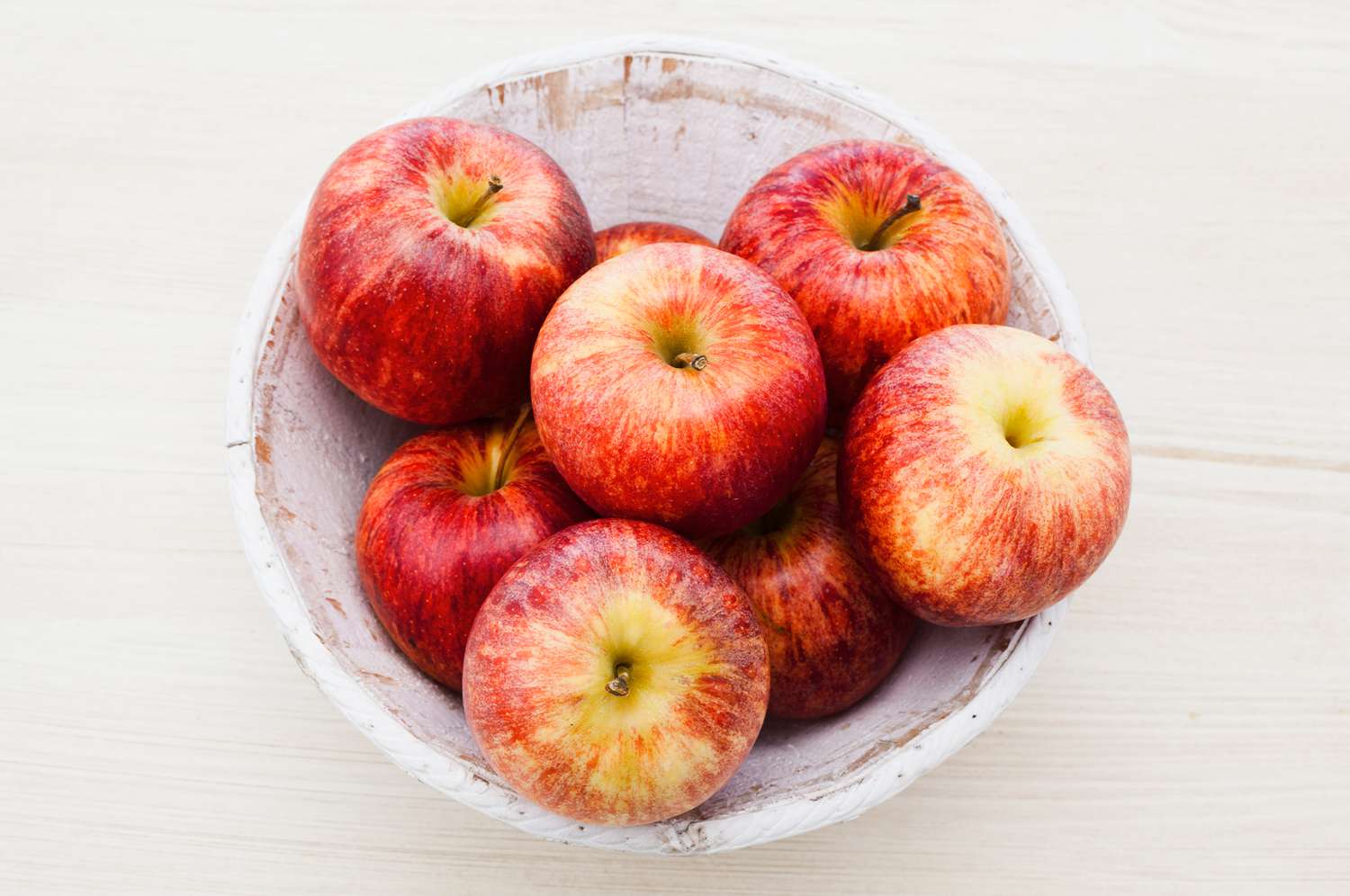
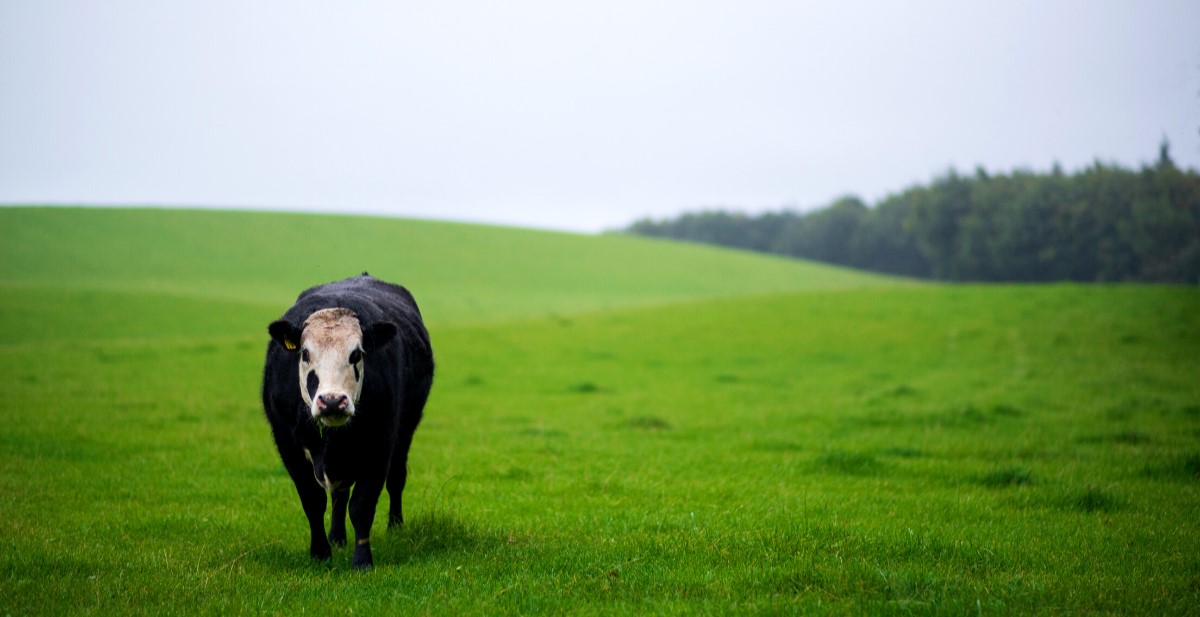


0 thoughts on “Why Does Grass-Fed Milk Last Longer”